Translation is an act through which the content of a text is transferred from the source language in to the target language (Foster, 1958). The translator needs to have good knowledge of both the source and the target language and a high linguistic sensitivity. They should convey the writer's intention, original thoughts and opinions in the translated version as precisely and faithfully as a possible. Due to its prominence, translation has been viewed differently.
September 30 is celebrated as International Translation Day to honor St. Jerome, the patron saint of translators. St. Jerome was a priest from North-eastern Italy, who is known mostly for his endeavor of translating most of the Bible into Latin from the Greek manuscripts of the New Testament. He also translated parts of the Hebrew Gospel into Greek. He was of Illyrian ancestry and his native language was the Illyrian dialect. He learned Latin in school and was fluent in Greek and Hebrew, which he picked up from his studies and travels. He is considered one of the first known language professionals and translators. His feast day is on September 30.
International Translation Day is meant as an opportunity to pay tribute to the work of language professionals, which plays an important role in bridging cultural and educational gaps, bringing nations together, facilitating dialogue, understanding and cooperation, contributing to development and strengthening world peace and security, fostering peace, understanding and promoting diversity and inclusivity.
The celebrations have been promoted by International Federation of Translators (IFT) since its establishment in 1953. In 1991, IFT launched the idea of an officially recognized International Translation Day to show solidarity with the worldwide translation community in an effort to promote translation as a profession that has become increasingly essential in the era of globalization. Later, on 24 May 2017, the United Nations General Assembly declared September 30 as International Translation Day, recognising the role of professional translation and translators.
Translation is a mental activity in which the meaning or the content of given discourse is rendered from one language to another. It is the act of transferring the linguistic entities from one language in to their equivalents in to another language. Translation is an act through which the content of a text is transferred from the source language in to the target language (Foster, 1958). The translator needs to have good knowledge of both the source and the target language and a high linguistic sensitivity. They should convey the writer's intention, original thoughts and opinions in the translated version as precisely and faithfully as a possible. Due to its prominence, translation has been viewed differently. Let us have a brief look at some fundamentals of Translation:
Faithfulness: The translation should be faithful to the original text.
Expressiveness: The translation should be smooth and expressive, and express freely in the target language.
Elegance: The translation should be elegant, it should make an equally interesting read in the target language
Meaning Transfer: Translation is the transfer of meaning, not merely words, from one language to another.
Grammar and word order: Different languages have different grammar and word orders, for a translation to make sense, the grammar and syntax of the target language should be used aptly.
Equivalents: Some words in one language may not have equivalents in another language, in such cases, translation can be done based on the intention, of the function or the emotion. Also adopting words from source language suitable for the context is also a possible solution.
Cultural Context: It's important to adapt to the cultural context of the source language.
Technology: Translation technology is advancing every single day, through machine learning. Conscientious and appropriate manual curation is however important, to ensure accuracy and propriety.
For example, in languages like Turkish there are no separate terms for ‘he’ and ‘she’. In those languages, people understand the gender through the context.
The machine translation algorithms do the same while translating the texts from or into those languages. They derive gender specification from the context, and those contexts heavily reflect local cultural and social bias.
Thus, the term ‘he’ occurs more with ‘professor’, ‘doctor’ or ‘scientist’ than with, say, ‘babysitter’, ‘nurse’ or ‘receptionist’ in the texts inputted to the learning algorithm. In fact, the word ‘she’ more likely concurs with them. This way the algorithm learns human biases deep-set in the culture.
However, from specific context humans can understand that ‘She’ can be a doctor or ‘he’ can be a ‘babysitter’. But algorithms don’t work like that. The danger with algorithms is that these biases will not stay at just informal levels, and then eventually go away. Rather, the biases would become institutionalized and formalized by the algorithms. People tend to think that algorithms are more rational and logical than humans. Thus, machine translators having these human biases would be more dangerous not just to translations, but cultural exchanges, and social progress in general. Conscientious and appropriate manual curation plays a pivotal role.
According to Shekhar Sathye, a renowned professional translator, every language has the potential to be expressed with the help of another language, and where challenges arise, words can be borrowed or altered. This facilitates exchange of valuable and significant literature from various parts of the world with others. He also insists that there is a vast amount of knowledge in the world, and it is the responsibility of every educated person to select the points that resonate with their intellect and interests, gain deep understanding, and share it with the world. Translation is a wonderful tool to achieve that, in his opinion.
The concept of translation extends beyond mere rendering words from one language to another. It is a means to facilitate ideas, perspectives and cultures to converge. In a diverse nation like ours, where languages serve as gateways to unique worldviews, translation plays a pivotal role in fostering unity amidst diversity. By translating seminal works into multiple languages, a shared cultural heritage can be created, that transcends linguistic barriers.
While we are dedicated to high quality translations, we should also be cautious of avoiding too simplistic or too literal approach. We do understand, translations, if gone wrong due to such an approach, can cause big problems. There is the danger of misinterpretation, there is the chance of some part of context getting lost in translation, and sometimes, it can lead to an outright comedy of errors too.
Let me sign out by putting a smile on your faces with such an example. It is a true story experienced by a friend of mine in Germany a few years back.
In the last 2 decades inclusion of English has increased in Germany. English expressions have been adopted into daily spoken German as well as formal, written German. (Similar to India). Some businesses, for projecting a suitably cosmopolitan image, use a combination of German-English to coin keywords for their marketing campaigns. This, of course, very often leads to comic translation fails.
So, this story is about a proprietor of bathroom design and fittings supply center. They decided to go cosmopolitan and used a combo-word. The German word ‘Bad’ (pronounced as बाड) means ‘bath’ or ‘bathroom’. Our proprietor decided to combine a couple of words in 2-metre-high letters on the top of their building to let their customers know this is where they could come for their very own ‘Bad Design’.
The saddest funny thing about it is, people probably got the unintended message better, because the business has since closed down.
Case in point, Translation can help unlock languages, bridge cultural gaps. But unlocking wisdom? bridging logical cracks? Well, that’s another story for another day!
- Rucha Mulay
kartavyasadhana@gmail.com
Tags: international translation Day translation translator Load More Tags

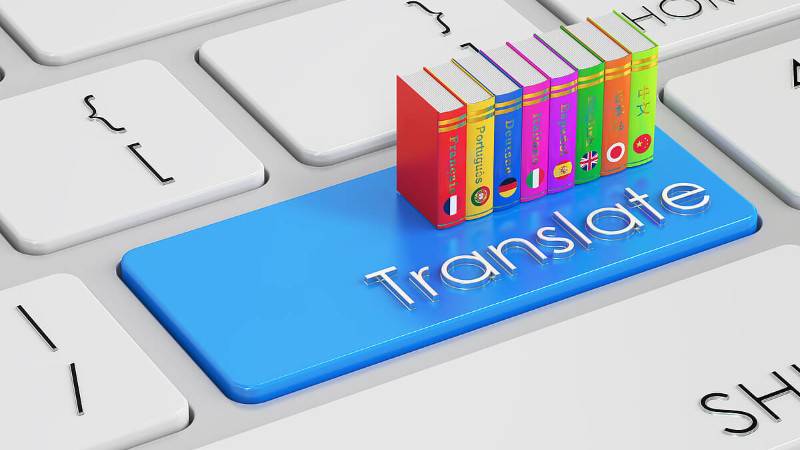

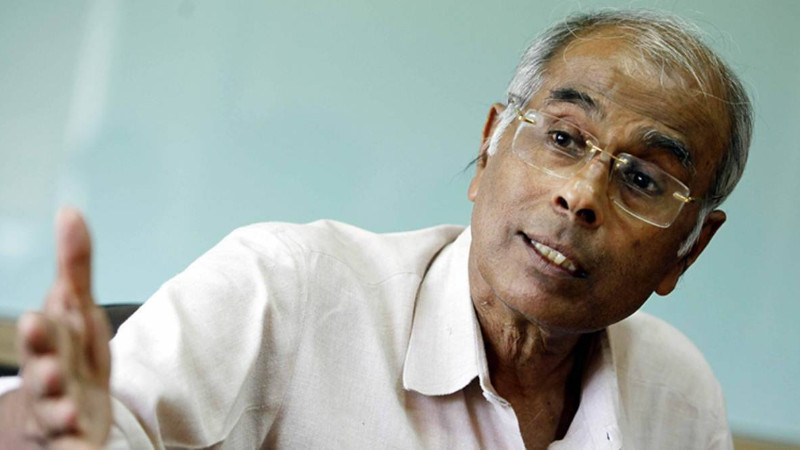

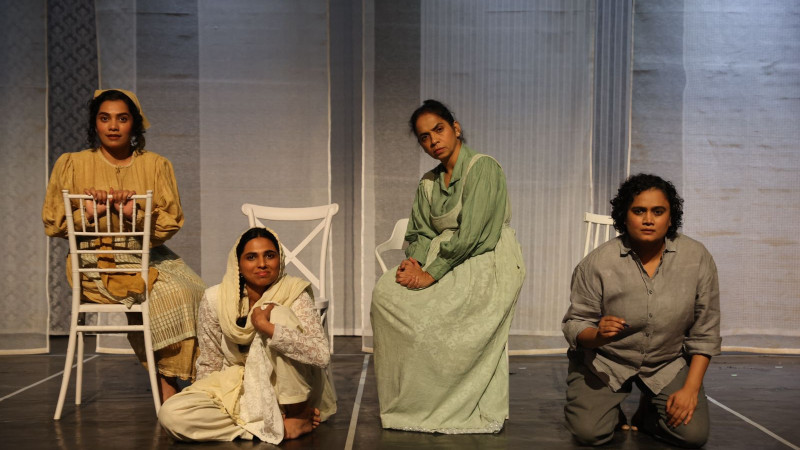
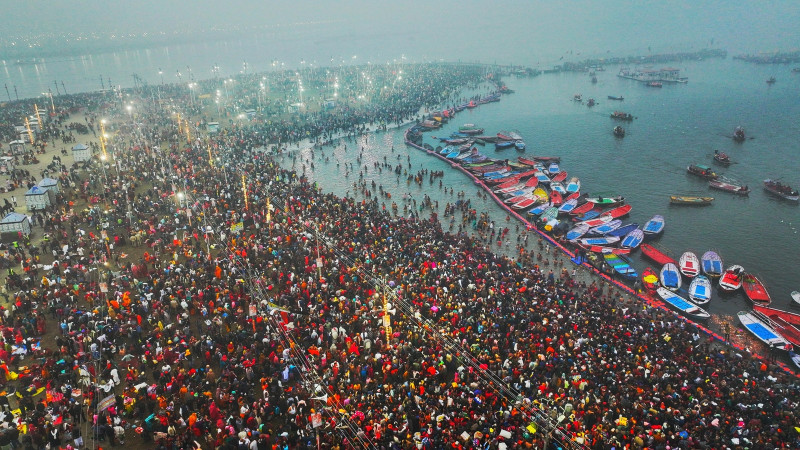

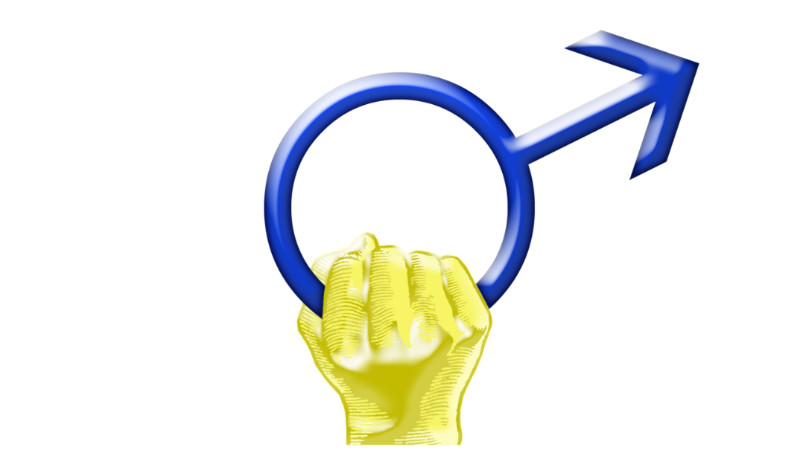

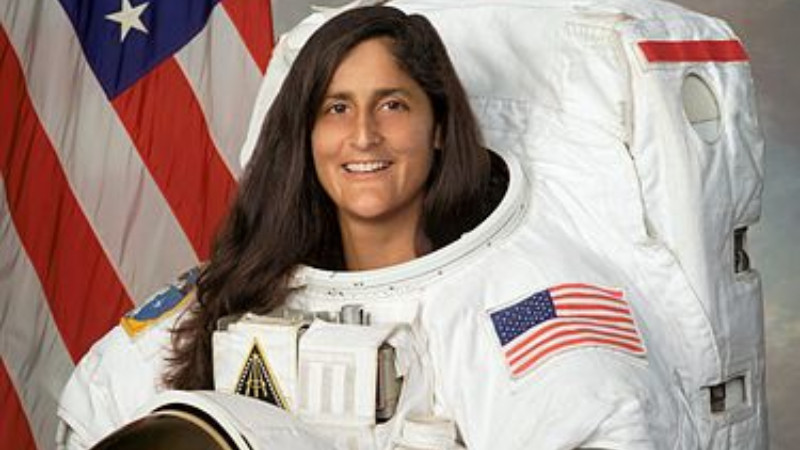
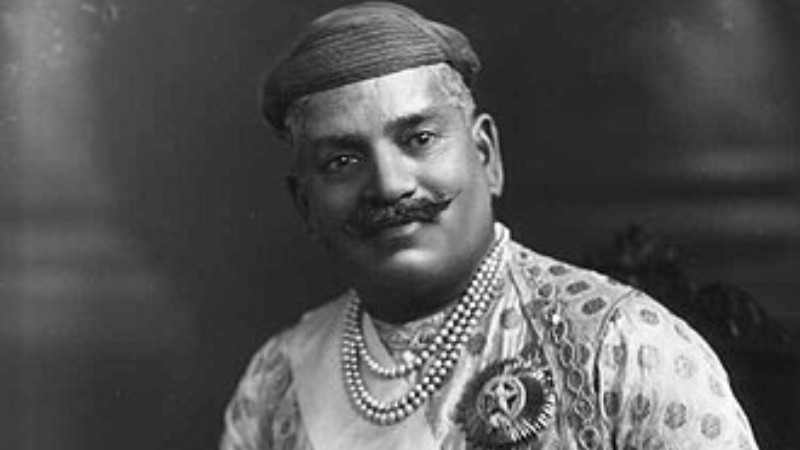

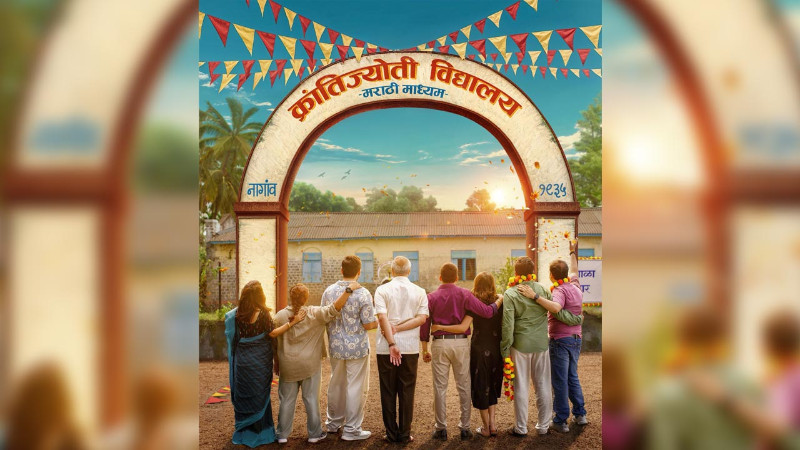
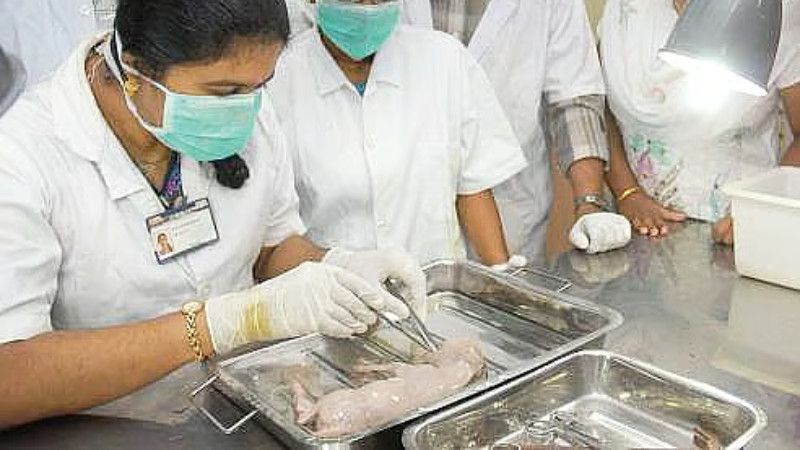
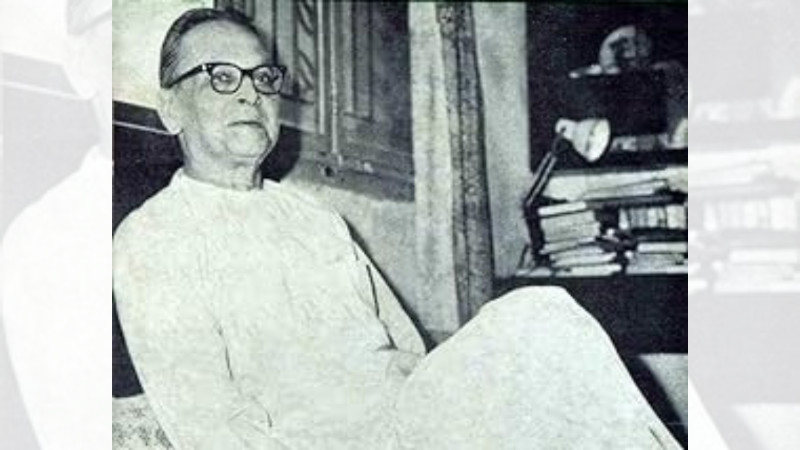
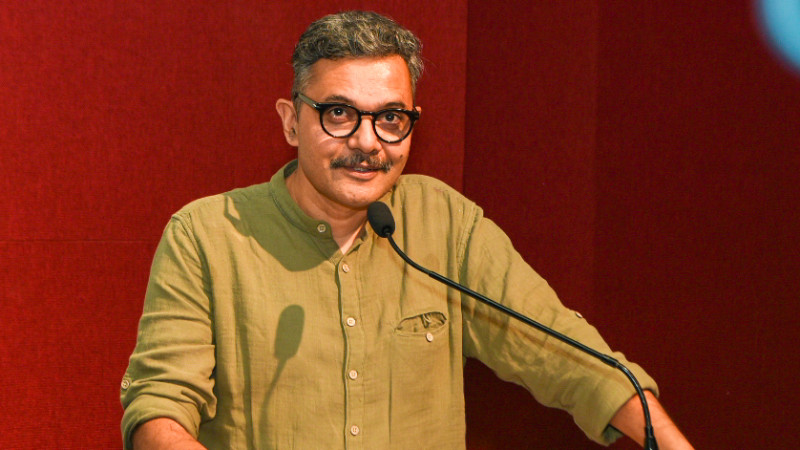
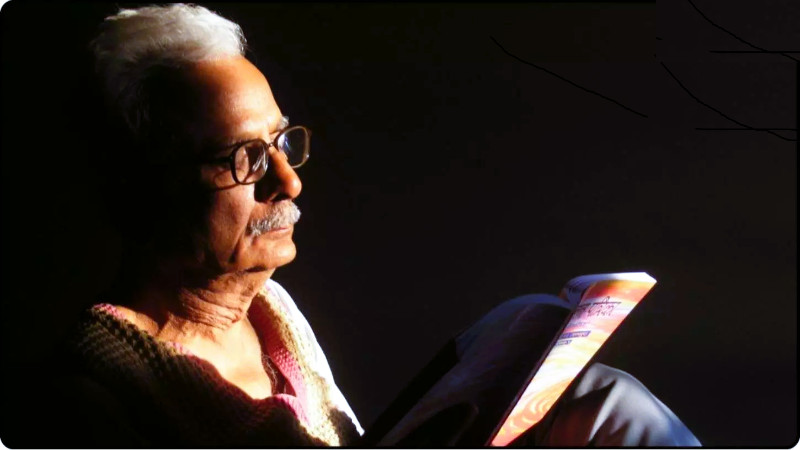
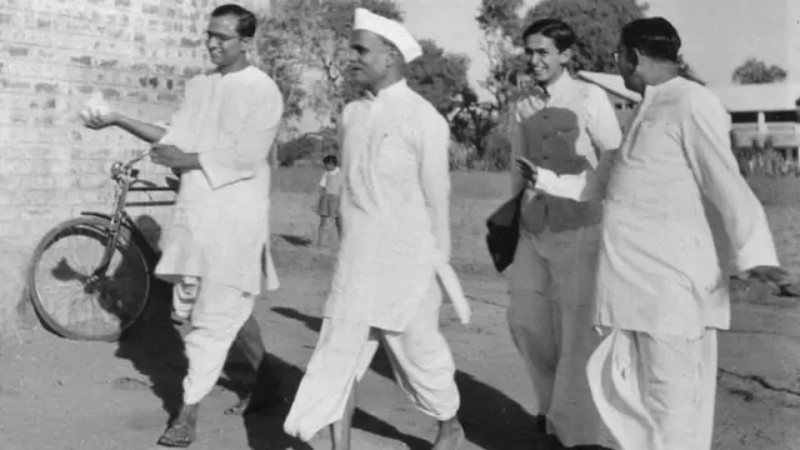
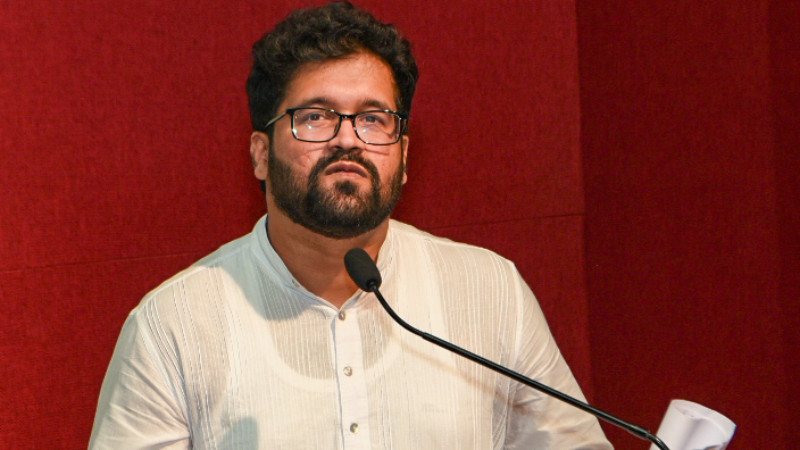
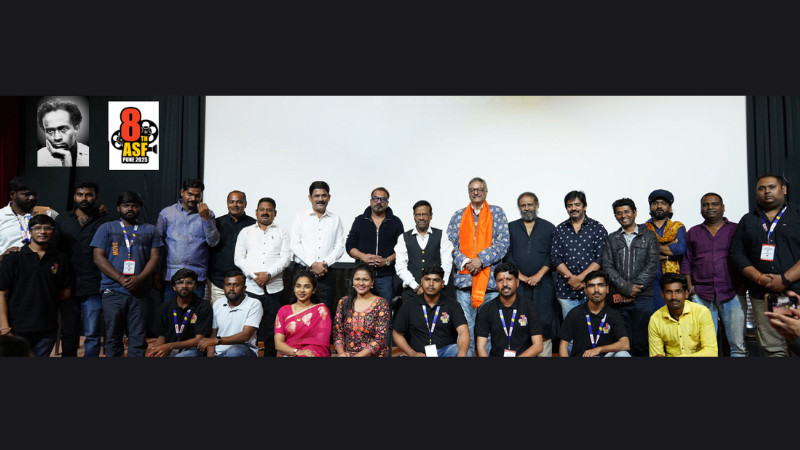

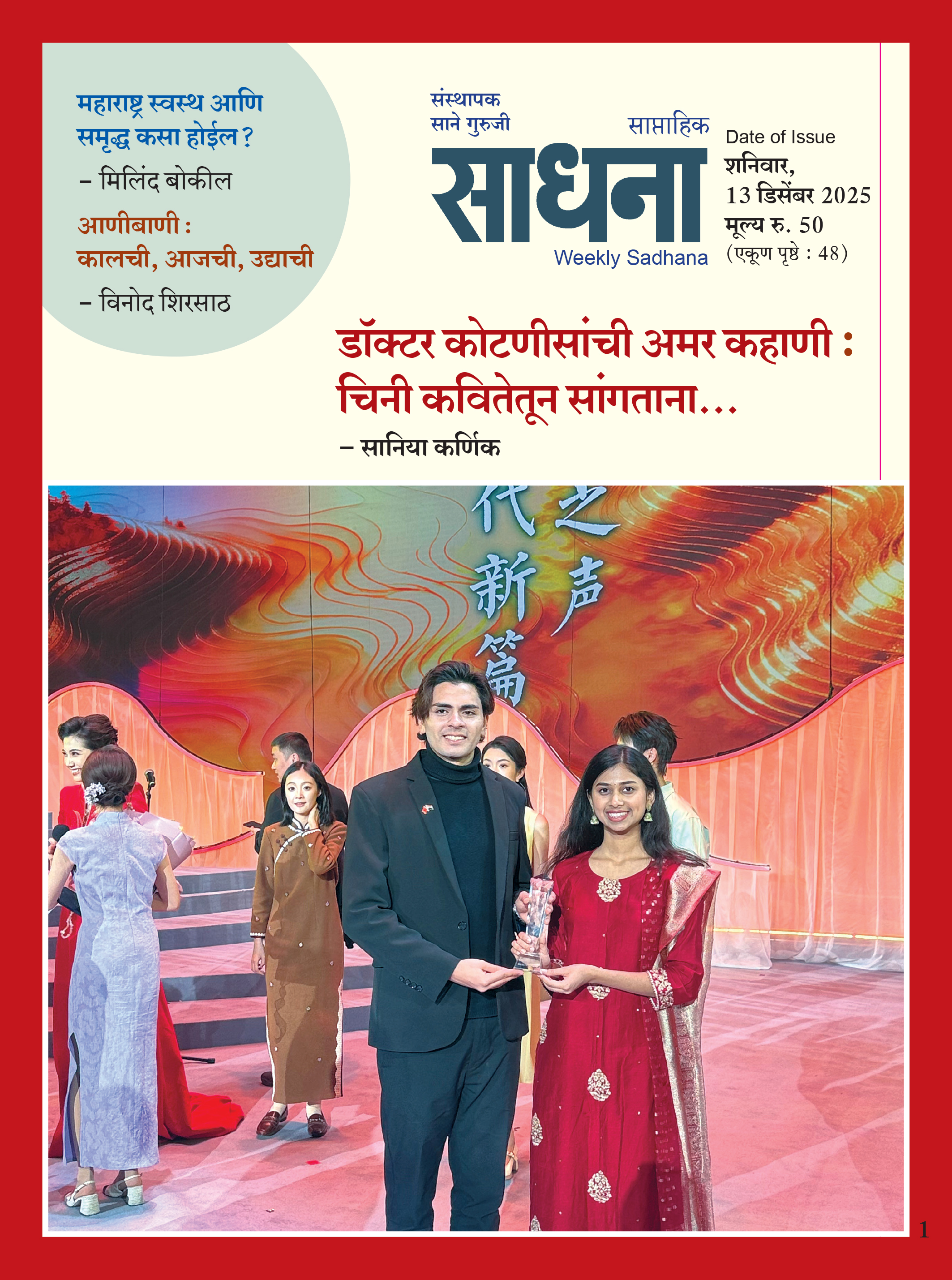













Add Comment